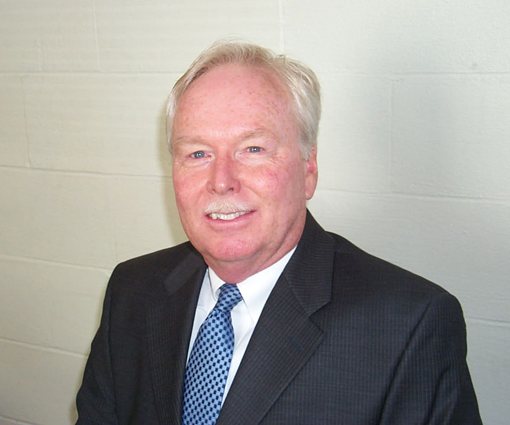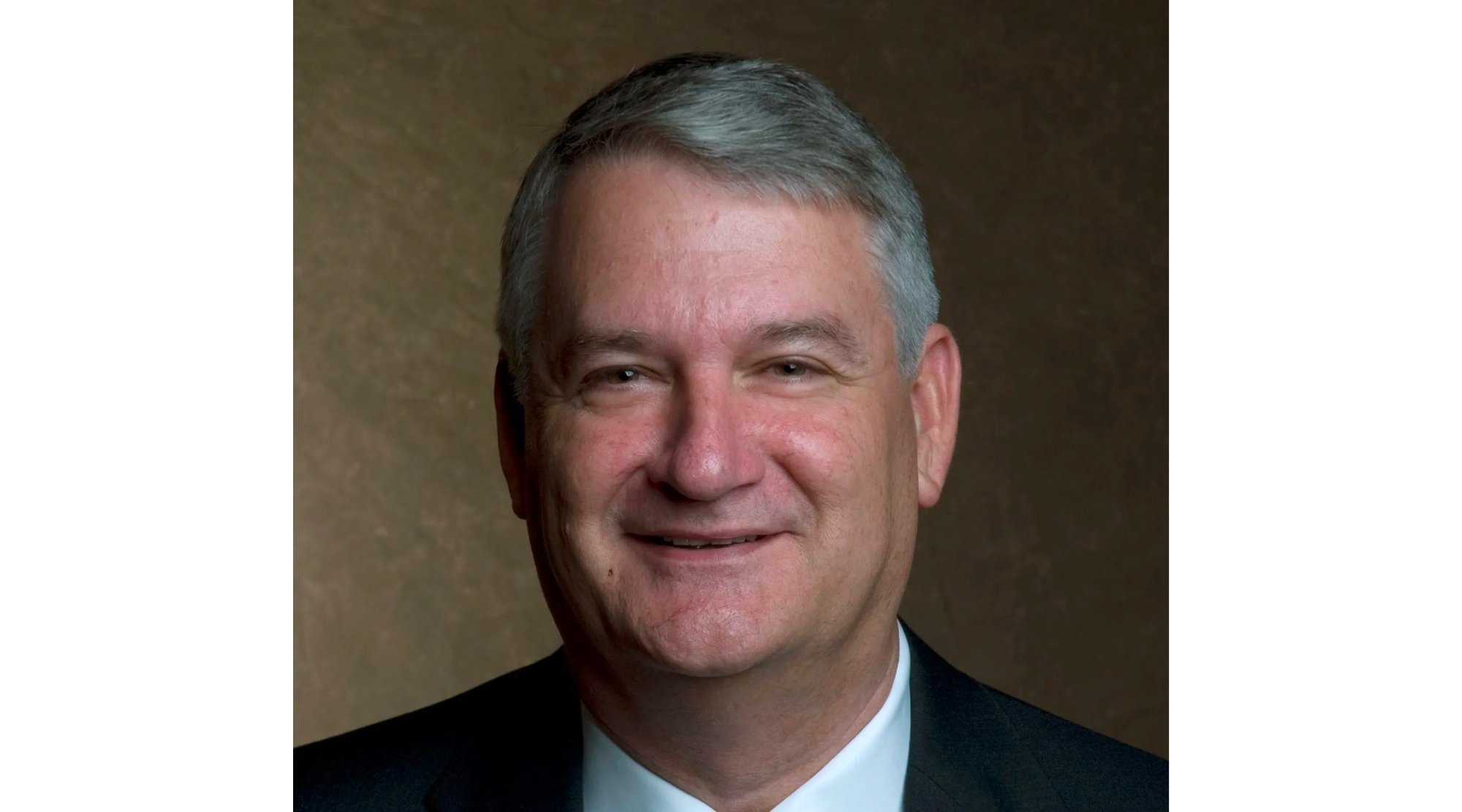The power of prayer continues over the ages
Published 4:24 pm Tuesday, July 26, 2016
For more than 1,400 years, a cathedral dedicated to St. Peter has stood from the highest point in London. 350 years ago, a great fire swept through London, leaving thousands homeless and destroying much of the fourth cathedral on that site, which had been built 500 years earlier.
This fire allowed Sir Christopher Wren, Britain’s most famous architect, to design and construct the masterpiece known as St. Paul’s Cathedral. The building was an innovation for its time and still exudes a classical beauty and stature that draws the individual into worship while at the same time illustrating the overwhelming power and grace of God over time.
The great cathedrals of the world are not museums, though they house priceless treasures from centuries earlier. They are not a library, though many of the earliest books of mankind were written under the sponsorship of the church and have been housed within these ancient walls since bound volumes of the written word began.
The great churches of the world are first and foremost places of worship. Nowhere did I feel that was more true than at St. Paul’s.
A section was set aside for private prayer.
The church was open to people of all faiths. The audio guides and printed programs talked of St. Paul’s historical significance within the context of their ongoing outreach and mission as an active church.
My wife and I spent four hours in St. Paul’s and were excited to have the opportunity to climb to the top of the great dome designed by Wren more than one hundred years before this country was founded. Five-hundred and fifty narrow, winding steps up and 550 steps down provided us with an extraordinary 360 degree view of one of the greatest cities in the world.
We spent hours learning about the meaning of hundreds of sculptures, paintings, and carvings. Nothing was an accident as the story of man and his relationship with God and Jesus Christ was told with indescribable detail.
All this, while the sounds of one of the world’s great organs floated through the huge space as the organist practiced for the evening worship service.
We sat under the great dome as we waited for the worship service to begin. A member of their staff came out and asked if any of us would like to sit in the choir stalls located in the chancel. These ornately carved stalls date back to 1698 and provided us with a glimpse of what worship must have been like centuries ago.
The mighty organ filled the cathedral with sounds that seemed to come from heaven. The choir, a Catholic all girls’ choir visiting for the day, had voices like angels, and we all participated in the Evensong service. In the Anglican Church, Evensong is the daily evening prayer service in song, also known as vespers.
It was an extraordinary service that I will always remember, both for its beauty and meaning and for the historical setting in which we worshiped.
Five days later, we worshiped in our own church back in Donalsonville. As powerful as the service was at St. Paul’s Cathedral in London, I felt the Lord’s presence just as much, perhaps more, in the First Presbyterian Church in Donalsonville.
Sir Christopher Wren caused a magnificent cathedral to be built in praise of the Lord of his time. We give our more meager time and talents in the same way today. Through the same prayers given over hundreds of years, we still speak to our Creator. Nothing is more glorious than that.





